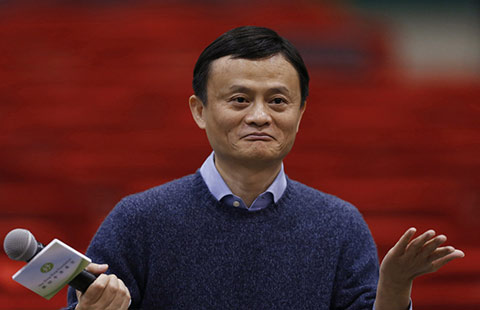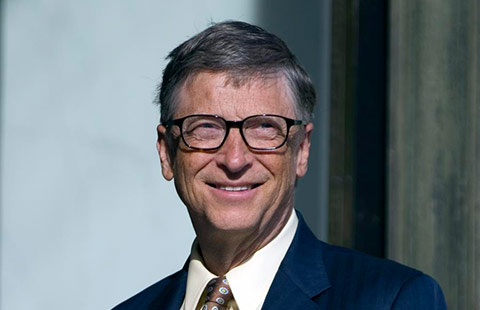Clean coal to keep emissions at bay, propel use of renewable energy
By Zhong Nan (China Daily) Updated: 2015-12-15 10:52Coal-fired power will continue to be the mainstay of China's electricity supply and will see a 45 percent growth from the current levels by 2040, despite expectations that the country may gradually move away from the commodity, experts said.
Though the government has said that it will cap China's coal use at 4.2 billion metric tons by 2020, the country's energy strategy for 2014 to 2020 shows that coal will be the main source of energy for a long time. At the same time, the government has also made it clear it would step up research into cleaner coal technologies.
China Shenhua Energy Co Ltd, the nation's biggest coal producer by volume, has already started to offer clean coal as part of its product range. Eager to cut pollutants and emissions, the company has built two ultra-supercritical coal-fired power plants in Ninghai county and Zhoushan of East China's Zhejiang province.
Benjamin Sporton, chief executive officer of the London-based World Coal Association, said the approach taken by the Chinese government is in many ways a roadmap for other countries looking to reconcile use of coal with a desire to increase use of renewable energies.
"From a long-term perspective, lower-cost, cleaner coal technologies will have an important role to play alongside other low-emission technologies such as wind and solar," said Sporton.
China plans to increase the share of non-fossil energy in its primary energy consumption to 20 percent by 2030. Sporton said this is an ambitious target, but it means that by 2030 China will still get 80 percent of its energy from coal, oil and gas.
As the world's top coal producer and consumer, China consumed 3.51 billion tons of coal and imported 291 million tons of coal in 2014, data from the National Development and Reform Commission showed.
Mick Buffier, group executive for coal business at Anglo-Swiss mining giant Glencore Plc, said: "Urbanization and government efforts to promote sustainable development are driving demand for more energy-efficient technologies and solutions in China."
To better use the energy, Buffier said the government can convert excess industrial heat into urban heating through new technologies and international cooperation, as well as building more modern high-efficiency low-emission supercritical and ultra-supercritical coal-fired power plants that emit 35 percent less carbon dioxide than older sub-critical plants.
In the United Nations climate change conference that closed over the weekend in Paris, the Chinese government stressed that cutting emissions "is not at others' request but on our own initiative" and the promotion of clean energy and energy efficiency has been highlighted in proposals for the 13th Five-Year Plan (2016-20).
The country's cumulative investment in promoting non-fossil fuels and developing low-carbon technologies is likely to exceed 40 trillion yuan ($6.2 trillion) between 2015 and 2030, according to the Beijing-based National Center for Climate Change Strategy and International Cooperation, a government think tank.
Ding Rijia, a professor at the China University of Mining and Technology in Beijing, said coal-fired power plants are not the major cause of pollution. Rather, industrial boilers and small, inefficient coal-fired boilers are mainly to blame for carbon emissions.
According to Ding, such boilers cause more pollution than coal-fired power plants, although they only use 70 percent as much coal.
China's total share of the energy mix will fall from 76 percent to 52 percent in 2040. During the same period renewable energies will grow by more than 300 percent. The demand for electricity in the country will roughly double through to 2040, according to Paris-based International Energy Agency's New Policies Scenario.
- China to become global leader in renewable technology: expert
- Wind power capacity to hit 120 gigawatts by 2015
- China embracing low-carbon model incentivizes others to follow: report
- Renewables lead peers in sustained employment generation
- China's coal consumption continues to drop
- No end in sight for coal industry's four year winter
- Wasteful spending can weaken strong GDP foundations
- Passenger flights to propel Yangtze River Airlines
- Startup heralds happy feet with RocketSkates
- Canadian fund eyes bigger role in China
- Continental to double tire output
- CGN signs nuclear deal with Kazakhstan's Kazatomprom
- Draft law puts information security at center stage
- China's new energy vehicle output surges 600%

















